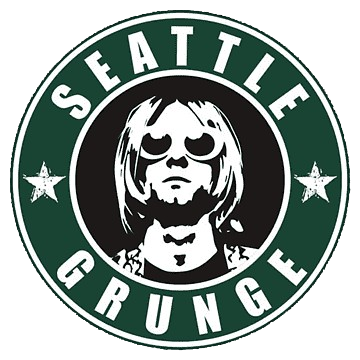The formula to success is trial and error and the song ‘Please, Please Me’ proves that. The zenith of fame the band reached makes it difficult to believe that they too had their “struggling days”. But in the early 1960s, when the band was in the beginner phase of their esteemed career, the task of expanding their circle proved to be quite challenging.
Moreover, the Hamburg incident and the band members’ lousy conduct repelled interested parties. George Martin came like an angel in disguise and changed the scenario. “I personally love George because he gave us a shot at putting down on a piece of vinyl. No one else would really have wanted to put us on the label. George, George Martin, said yes,” said Ringo Starr. The song has since been rightly seen as the moment the band battled through to define their soon-to-be classic sound.
The album of the same name was, in fact, rush-released, which compelled the band to record fourteen tracks in one day — a monumental feat for any band. The title song was their second single after ‘Love Me Do’ to be released in the UK. The Beatles’ territory till then was Liverpool and Hamburg. With this song, they not only conquered Europe but also established their stronghold in the US.
The story behind this particular track has intersecting narratives. George Martin found the initial version to be “rather dreary” and pushed the team to record ‘How Do You Do It?’ by the Liverpudlian band Gerry and The Pacemakers, instead. However, the quartet refused to record anything but their own compositions. “I remember us all being ready to stand up for the principle of, ‘We have written these songs, and we want to do them’” said Starr while reminiscing on their assertive stance.
Though the album credits state the song to be a Lennon-McCartney composition, it was in fact all Lennon: “’Please Please Me’ is my song completely. It was my attempt at writing a Roy Orbison song, would you believe it? I wrote it in the bedroom in my house at Menlove Avenue, which was my auntie’s place.” Apart from Orbison, Bing Crosby was also the inspiration behind the song. Lennon filled in the details by saying, “I remember the day I wrote it, I heard Roy Orbison doing ‘Only the Lonely’, or something. And I was also always intrigued by the words to a Bing Crosby song that went, ‘Please lend a little ear to my pleas’. The double use of the word ‘please’. So it was a combination of Roy Orbison and Bing Crosby.”
George Martin shares equal credit for making the song work, however. It was he who insisted on changing the slow, bluesy arrangement into a peppier number. “We sang it and George Martin said, ‘Can we change the tempo?’ We said, ‘What’s that?’ He said, ‘Make it a bit faster. Let me try it.’ And he did. We thought, ‘Oh, that’s all right, yes.’ Actually, we were a bit embarrassed that he had found a better tempo than we had” said Paul McCartney in the Beatles Anthology.
The track which was initially a bit bland was spiced up further by the addition of Lennon’s harmonica and a few harmony lines. Although rushed to finish their other tracks, the band decided to keep working on this one, foresight showing them the potential at hand. Lennon while recalling their 12 hours of exhausting studio session said, “Our recording manager, George Martin, thought our arrangement was fussy, so we tried to make it simpler. We were getting very tired, though, and we just couldn’t seem to get it right. We are conscientious about our work and we don’t like to rush things.”
Ringo Starr’s contribution to the final track has been questioned. Many claimed the drums on the record were played by the session drummer Andy White. In fact, Andy himself said in the 2012 BBC interview that “from the drum sound I can tell that I was on it because it was a vastly different sound to Ringo’s drumset at that time. This was before he got the Ludwig kit.
“Each drummer gets an individual sound, first of all by the way they tune the drums and then by the way they play the drums.” The debate ended when it was found that Andy was not present at the studio on the day of the final recording, confirming Ringo’s position behind the kit.
Though it topped almost all the UK charts when released on January 11th 1963, it was a hard pitch to the US record producers, however. After facing rejection from many record companies including the Atlantic, the local Chicago company Vee-Jay agreed to sign the song and released it on 7th February 1963. However, their US debut didn’t take off on the first try. The song’s 1964 reissue finally created a buzz that spread like wildfire.
This time it peaked at number three in the Billboard Hot 100. Although the history of making the song is clumsy and confusing, its victory was swift and neat.




